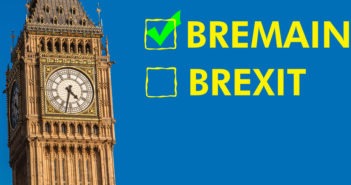Parliament may finally say yes and Speaker John Bercow may finally announce “the Ayes have it.” The second series of indicative votes may have a winner, called “Customs Union 2.0”.
It is practically a softer version of Brexit similar to the Norwegian model: participation in the EU’s Customs Union and Single Markets, implying free movement of people. In other words: being officially out but practically in. And for critics, this is the “BRINO” option: Brexit in name only.
The motion has higher chances after the main opposition party, Labour, joined the Scottish National Party (SNP) in supporting it and whipping for it. In addition, the Northern Irish Democratic Unionist Party, which opposed May’s Brexit deal from the hard-Brexit side, may abstain.
A lot depends on pro-Remain members of the Conservative Party and pro-Leave Labour MPs. It is certainly going to be tight.
What happens if Customs 2.0 passes?
It is important to remember that this is a non-binding vote. The government may officially ignore it. However, after it was defeated with May’s official accord three times, it cannot ignore something that Parliament says Yes to.
Achieving Customs Union 2.0 still requires a new negotiation with the EU. And that takes time which would require a long extension of Brexit.
And if May sees that Parliament is not only voting against her but for something else, violating her red lines, she may decide it’s time to dissolve Parliament and call elections. May may also quit at that point.
In case of a renegotiation or elections, the outcome is a long delay in Brexit, and that is pound positive.
And if the motion fails, there is a bit of room to the downside, but recent upwards moves do not suggest that GBP/USD is pricing in some kind of hopeful resolution. All in all, there is more room to the upside than to the downside.
Get the 5 most predictable currency pairs
Will Parliament vote for the Norwegian Model? GBP/USD has room to the upside
